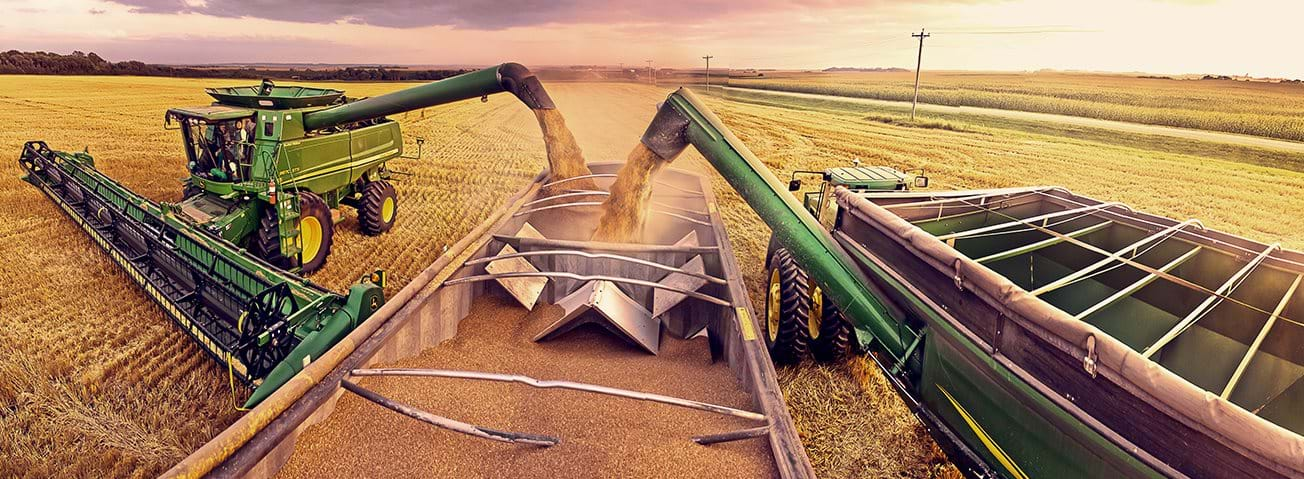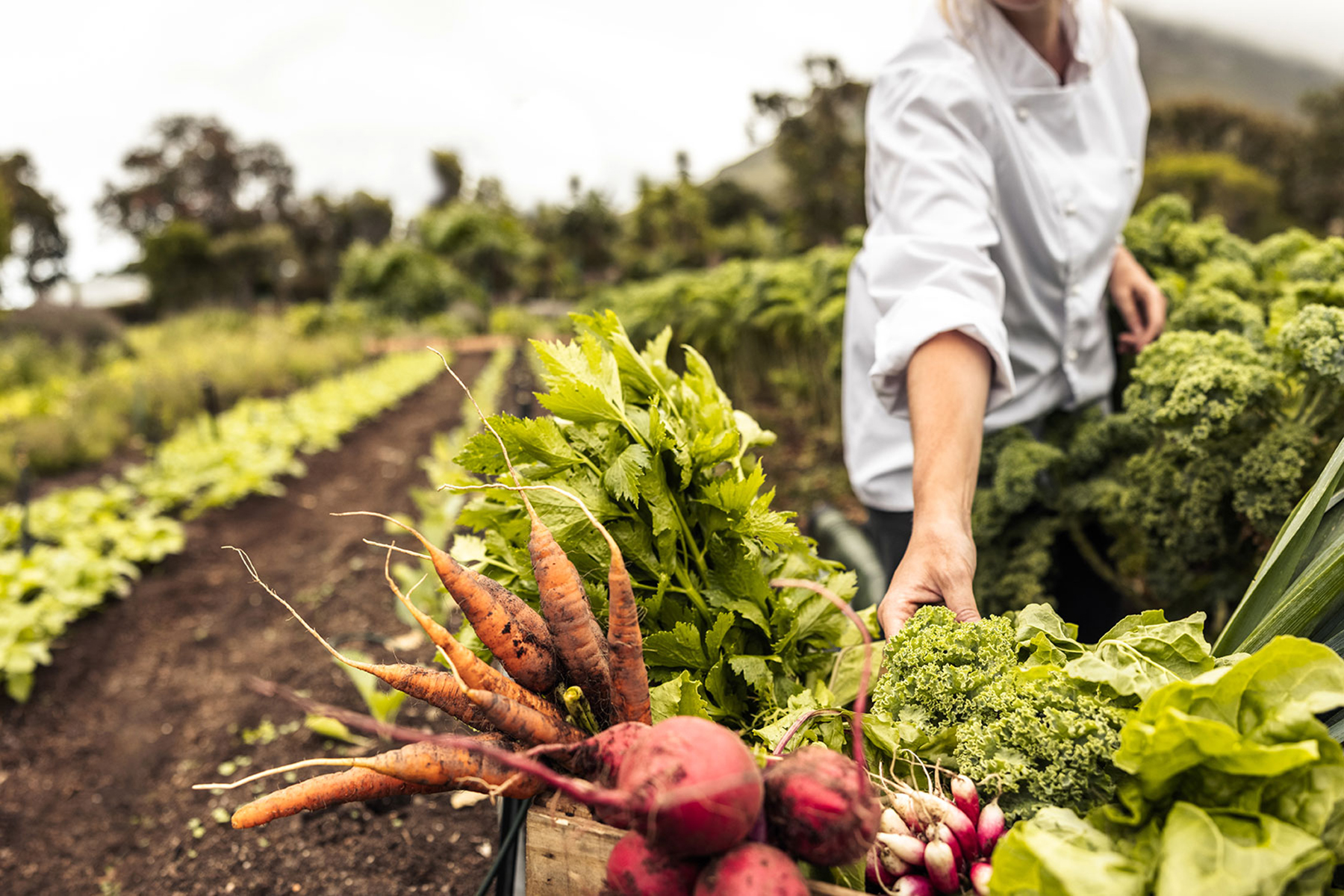Enhance Agricultural Productivity With High-Quality Water Soluble Polymers
These polymers offer an array of benefits that can revolutionize conventional farming techniques, from improving water retention and performance to optimizing soil structure and nutrient distribution systems. By using the power of cutting-edge polymer options, farmers can possibly unlock new pathways in the direction of accomplishing higher plant returns while reducing ecological influences.

Advantages of Water-Soluble Polymers
Water-soluble polymers use a wide range of advantages in agricultural applications due to their boosted water retention residential or commercial properties and ability to improve dirt structure. Agriculture. These polymers, when included in the dirt, can significantly boost water holding capability, lowering the frequency of watering needed by plants. By creating a gel-like compound when mixed with water, water-soluble polymers create a storage tank that gradually launches dampness to plant origins, ensuring a more regular water supply throughout droughts
Furthermore, these polymers assist in preventing soil erosion by binding dirt particles with each other, thereby improving soil structure and security. Improved dirt structure enables for much better root infiltration and oygenation, promoting healthier plant development and greater crop yields. Water-soluble polymers also aid in nutrient retention by lowering leaching, making certain that important nutrients remain offered to plants for a longer period.
Improved Water Retention and Effectiveness
Enhancing agricultural water retention and performance through the consolidation of innovative polymer technologies has come to be a critical emphasis in modern-day farming techniques. Water-soluble polymers play an important duty in enhancing soil framework, boosting water seepage, and lowering water evaporation prices. By developing a thin movie on the soil surface area, these polymers help to avoid water overflow and raise the dirt's water-holding ability, ensuring that plants have access to an ample water supply.
Furthermore, making use of high-quality water-soluble polymers can significantly decrease the regularity of irrigation, as they improve the soil's ability to keep dampness for longer durations. This not only saves water but also lowers the power and labor costs connected with irrigation practices. Additionally, improved water retention and performance cause much better nutrient uptake by plants, bring about improved plant returns and general agricultural performance.
Enhanced Nutrient Distribution Solution
Provided the significant impact of high-grade water-soluble polymers on boosting water retention and effectiveness in farming, the focus now shifts in the direction of maximizing nutrient shipment systems to even more enhance crop development and return. Improved nutrient delivery systems play a vital function in guaranteeing that plants receive the necessary nutrients in a form that is easily offered for uptake, promoting their total health and wellness and productivity. By integrating water-soluble polymers into nutrient distribution systems, the effectiveness of nutrient uptake by plants can be considerably improved.
One secret advantage of using premium water-soluble polymers in nutrient delivery systems is their capacity to regulate the release of nutrients, making sure a regulated and stable supply to plants over an extensive duration (Agriculture). This regulated release device aids stop nutrient leaching and drainage, consequently making the most of vitamins and mineral usage by plants and reducing ecological impact

Soil Framework Optimization Methods
Optimizing dirt structure is extremely important in modern-day agriculture for maximizing plant yields explanation and promoting sustainable land administration methods. Soil framework optimization techniques play an important role in guaranteeing that soil provides an excellent atmosphere for plant development. One essential method is the addition of raw material, such as garden compost or manure, which helps enhance soil framework by enhancing its water-holding ability and nutrient retention.
Furthermore, exercising minimum husbandry or no-till farming can prevent soil compaction and promote the growth of a healthy dirt structure. Cover cropping is an additional reliable technique that involves growing crops specifically to improve the soil and secure, preventing erosion and enhancing soil framework.
Additionally, implementing plant turning approaches can help break bug and condition cycles, while likewise improving soil framework through the varying root frameworks of various plants. On the whole, utilizing these dirt framework optimization strategies can bring about raised farming productivity, decreased environmental effect, and long-lasting sustainability in farming practices.
Sustainable Solutions for Plant Yields
To resolve the challenges of maximizing crop yields while promoting sustainable land administration methods, checking out lasting options becomes imperative in modern agriculture. One lasting solution for enhancing crop returns is the use of precision agriculture techniques.
Furthermore, promoting plant rotation and cover chopping can assist preserve soil health, reduce disintegration, and enhance vitamins resource and mineral cycling, ultimately adding to greater yields gradually. Integrated bug administration techniques also play a key duty in lasting plant manufacturing by reducing the reliance on chemical pesticides and advertising natural bug control techniques.
Additionally, buying study and technology for establishing drought-resistant plant ranges and climate-resilient farming methods can help mitigate the influence of climate change on farming while making sure constant returns in the face of ecological difficulties. By taking on these lasting solutions, farmers can attain higher plant yields while safeguarding the health of the land for future generations.
Conclusion
Finally, making use of top quality water-soluble polymers in farming provides countless advantages such as enhanced water retention, improved nutrient delivery systems, and optimized soil framework. By carrying out sustainable options for crop yields, farmers can significantly enhance farming efficiency and performance. Agriculture. Water-soluble polymers offer a eco friendly and cost-efficient method to improve the total performance of farming methods, resulting in far better outcomes for both farmers and the atmosphere
These polymers supply a range of benefits that can change standard farming methods, from boosting water retention and efficiency to optimizing soil framework and nutrient distribution systems.In addition, these polymers help in stopping dirt disintegration by binding dirt particles together, therefore enhancing soil structure and security. By developing a slim movie on the dirt surface, these polymers assist to stop water drainage and increase the dirt's water-holding ability, ensuring that plants have access to a sufficient water supply.
Soil framework optimization strategies play a vital duty in making certain that dirt gives a perfect environment for plant development.In conclusion, the usage of top quality water-soluble polymers in agriculture offers numerous benefits such as enhanced water retention, boosted nutrient distribution systems, and maximized dirt framework.
Comments on “Agriculture and Food Security: Obstacles and Solutions”